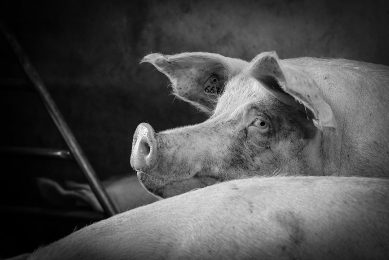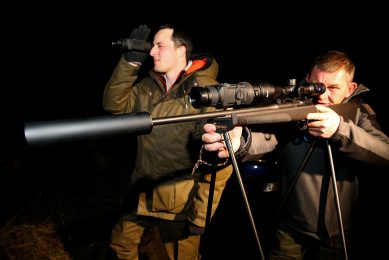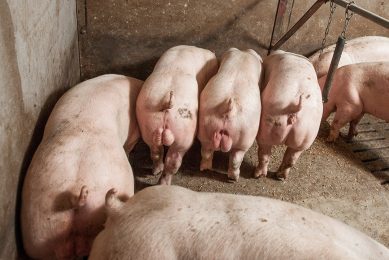RESEARCH: Testes volume best early predictor of boar taint

Belgian researchers based at Ghent University have published a paper examining early age characteristics that could be used to predict the likely hood of an entire male developing boar taint in later life. They conclude that testes volume has the greatest potential for predicting boar taint.
Three potential early-age predictors of which boars are likely to develop boar taint (testes volume, skin lesions and dirtiness) were measured on 102 boars every fortnight from 10 weeks of age until slaughter.
These predictors were correlated with the level of boar taint according to the hot iron method and the concentrations of skatole and androstenone as determined by chemical analysis.
The chance of no/low boar taint according to the hot iron method decreased with higher testes volume (weeks 22 and 24) and increased with skin lesion score (weeks 12, 16 and 18).
For the concentrations of androstenone and skatole, the strongest correlation was found with testes volume in week 12.
Skin lesions in week 16 were negatively correlated with skatole levels.
Dirtiness was negatively correlated with skatole concentrations (week 18) but positively correlated with androstenone concentrations (weeks 20 and 22).
Testes volume has the greatest potential for predicting the likelihood of developing boar taint.
Source: Meat Science











